Carolina Willow, also known as Coastal Plain Willow or Swamp Willow, is a native plant scientifically named Salix caroliniana. Belonging to the Salicaceae family, this woody species is known for its adaptability and versatility.
Growing up to 6 meters tall, the Carolina Willow produces small yellow flowers in spring, which attract pollinators like butterflies and bees. Its flexible branches are commonly used in crafts such as fencing and basketry, showcasing its practical value. Thriving in boggy environments, this plant can tolerate some salt exposure, although it does not survive prolonged inundation.
As a native species, the Coastal Plain Willow plays an essential role in supporting local ecosystems, making it a valuable addition to wetland and conservation areas.
| Common name | Carolina Willow, Coastal Plain Willow, Swamp Willow |
| Botanical name | Salix caroliniana |
| Family | Salicaceae |
| Species | caroliniana |
| Life cycle | Woody |
| Plant type | Native Plant |
| Sunlight | Deep shade |
| Drainage | Well-Drained |
| Growth rate | Fast |
| Spacing | 12 – 24 ft. |
| Harvest time | Spring |
| Flowering period | Spring |
| Height | 15 ft. – 20 ft. |
| Flower color | Gold, Yellow |
| Leaf color | Green |
| Fruit type | Capsule |
| Flower benefit | Showy |
| Garden style | Butterfly Garden |
| Uses | Coastal |
I. Appearance and Characteristics
Salix caroliniana, commonly known as the coastal plain willow, is a shrub or small tree native to the southeastern United States, Mexico and parts of Central America and the Caribbean. It is an obligate wetland species and grows as an emergent species in the Everglades. In the absence of fire, S. caroliniana can convert herbaceous wetlands to forested wetlands.
Salix caroliniana flowers in the early spring, either before or together with the emergence of leaves. In Alachua County, Florida in 1982, flowering was recorded during February and March.
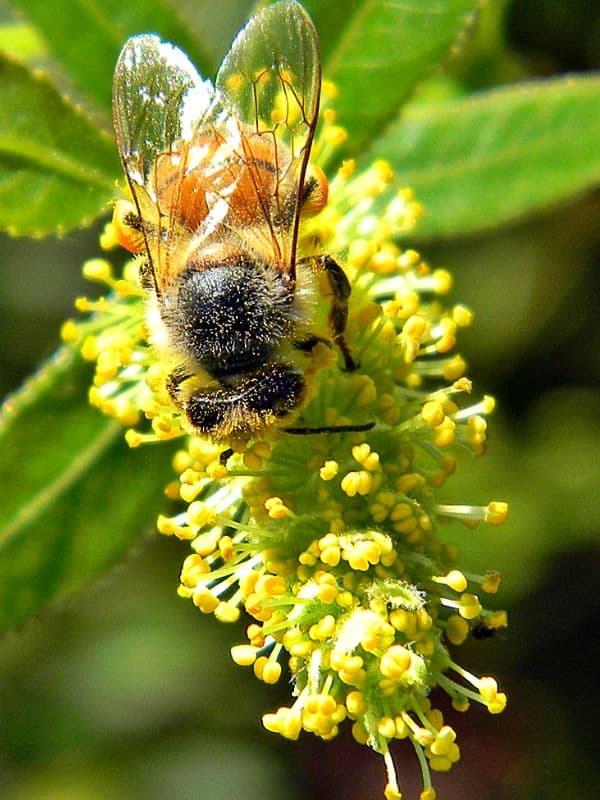
The species was first described by French naturalist André Michaux in 1803 in his Flora Boreali-Americana.
The male flowers provide pring pollen for bees. It is a larval host to the black-waved flannel moth, the blinded sphinx, the cecropia moth, the elm sphinx, the imperial moth, the Io moth, the modest sphinx, the mourning cloak, the polyphemus moth, the promethea moth, the red-spotted purple, and the viceroy.
II. How to Grow and Care
Sunlight
Coastal plain willow thrives in full sun conditions which involve direct exposure to sunlight for at least 6 to 8 hours a day. This optimizes coastal plain willow’s growth and fosters healthy development. While coastal plain willow is tolerant of partial sun, meaning it can endure some light shade, prolonged periods away from full sun may lead to reduced vitality and less vigorous growth.
Coastal plain willow exhibits adaptability to light conditions; however, the best outdoor positioning is in clear, unobstructed areas. Light quality directly influences coastal plain willow’s photosynthetic efficiency and subsequently, its overall health.
Temperature
The coastal plain willow grows better in a temperate environment, but can tolerate both high and low temperatures. It prefers damp areas, but does have both flooding and drought tolerance. It grows best in a temperate range of 15 to 25 ℃, but can withstand low temperature conditions of about -46 ℃.
The coastal plain willow mostly grows in wetlands beside the banks of rivers. Short-term flooding will not lead to its death. The coastal plain willow is also often planted in water tanks or vases indoors, but it needs to be regularly provided with appropriate amounts of nutrient solution to meet the necessary nutrient requirements for growth. At the same time, any impurities should be limited as much as possible, and the pH of the water should be alkalescent to avoid the plant blackening and spoiling.
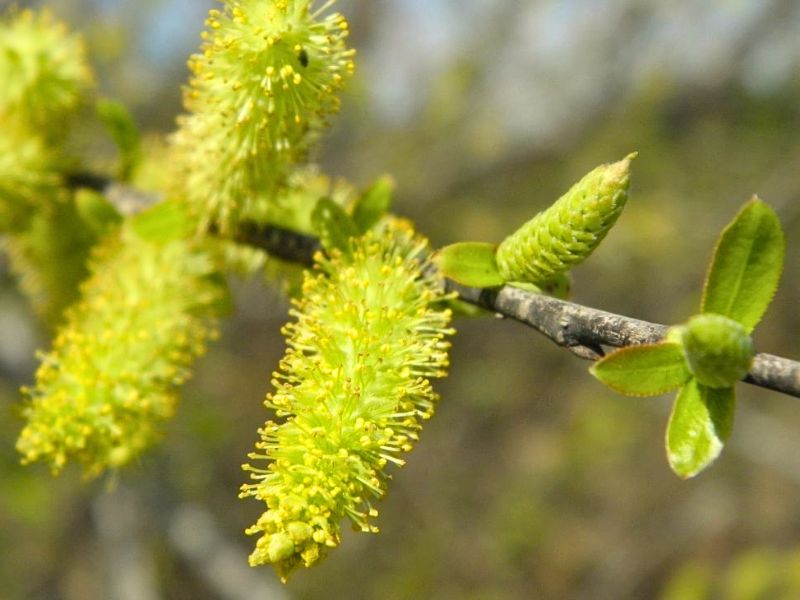
Watering
Adapted to the moist environments of its native habitat, coastal plain willow thrives in conditions that mimic the wetlands and riverbanks it originates from. This species exhibits a high tolerance for humidity and prefers consistently moist soil, maintaining a delicate balance without becoming waterlogged.
Watering should be moderated to once every 2-3 weeks, ensuring the soil remains damp but not saturated. Commonly found along waterways, coastal plain willow is an ideal candidate for riparian plantings where it can contribute to soil stabilization and ecosystem health due to its affinity for water.
Soil
The coastal plain willow is a highly adaptable plant with low soil requirements. Although it prefers moisture-retentive soils, it will grow well in a variety of soil types, and isn’t fussy about pH. Good drainage is important in clay soil, otherwise the roots may rot, so pay attention to this during the plant’s growth period.
Fertilizing
For healthy growth, coastal plain willow benefits from fertilization. Use balanced nutrition fertilizers for overall health or high-nitrogen varieties for lush foliage. Apply in early spring and mid-fall, adjusting quantities according to product guidelines and plant size. Over-fertilization can harm, so follow recommendations and water thoroughly after application to distribute nutrients.
The plant’s youthful vigor in spring matches higher nutrient needs, tapering off as it enters dormancy in winter. Ensure slow-release formulas to prevent root burn and support sustained growth.
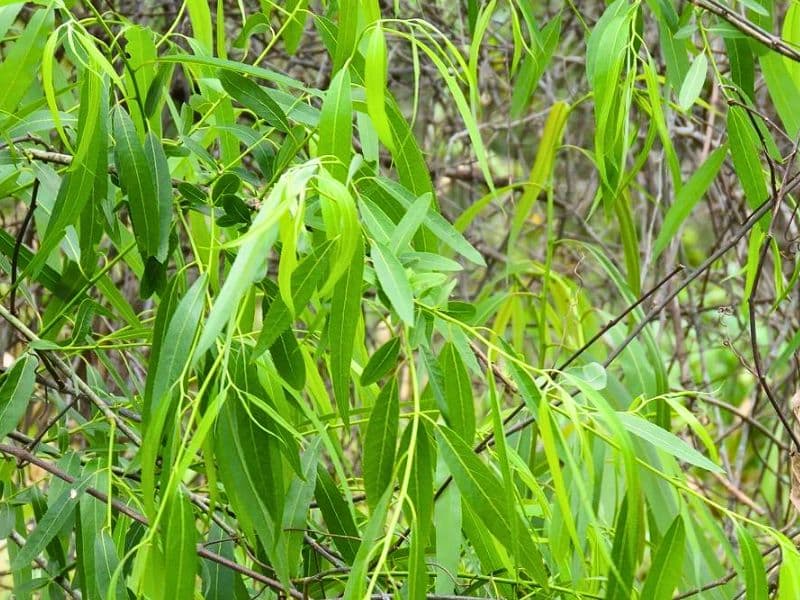
Planting Instructions
In general, the coastal plain willow has strong reproductive and adaptive abilities, so seedlings are commonly sold on the market. In addition, the plant can also be reproduced by the use of layering or cuttage. These two methods don’t take much time and can retain the plant’s original excellent properties to a great extent. With the plant’s seeds being so small and light, sowing is considered to be a troublesome way to breed the coastal plain willow.
Pruning
The coastal plain willow grows fast under suitable conditions. Timely trimming of residual, dead and side branches can increase air permeability and light transmittance, so as to avoid providing breeding places for diseases and insect pests. For seedlings and newly-born willows, one main branch should be selected and kept during pruning, while any redundant lateral branches and buds should be trimmed, so that the main stem can grow thick in an upward direction.
For head-removed plants, main branches and new buds in 3-4 directions should be reserved consciously according to personal preference in the cross section, so as to maintain a more graceful shape. Trimming incisions should be smooth and coated with tung oil – this will protect the incision and encourage faster healing. Pruning is best carried out in early spring, late fall and winter.
Propagation
Seedlings can be purchased and easily transplanted, or you can grow them yourself by way of cuttage. The best time for transplanting is after the soil has thawed in early spring. Care should be taken at the early stage of transplanting to ensure a good survival rate. If the transplanting seedlings were purchased, sufficient water should be provided, and an appropriate base fertilizer should be applied according to the soil conditions.
Too much fertilizer is unnecessary for the seedlings, so fertilization in its later growth stage should not be in high frequency. At the same time, watering shouldn’t be too frequent, but this does depend on the dryness or wetness of the soil. Good drainage should also be maintained to avoid rotten roots.
Early spring is the best time for taking cuttings. Plants with faster growth, fewer diseases and pests, and a beautiful natural shape should be selected as stock plants, so that the characteristics of the stock plants can be retained to a greater extent, meaning a better survival rate for the seedlings. Take any cuttings before the plant buds in early spring.
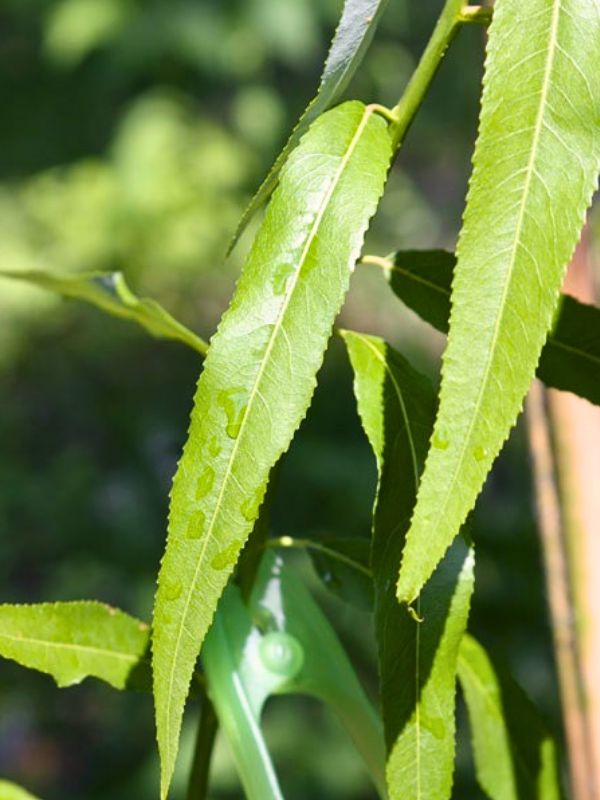
Cut a branch around 15 to 17 cm in length, making the cut oblique to increase water absorption capacity and survival rate. Soaking it in water for several hours can also increase the rooting rate. Insert the branch into the soil at a depth of about 1/3 of its length, and provide sufficient water. Keep the soil moist at all times before it buds.
After budding, the leaf buds at the lower parts of the branch should be removed, and only the buds at the top need to be kept for growing. At the same time, attention should also be paid to weeding and loosening the soil during this period, to prevent weeds from competing for limited resources.
Transplanting
The sweet spot for transplanting coastal plain willow is during S1-S3 (early spring to late summer) when the plant can establish roots before winter. A prime locale boasts abundant sunlight and well-draining soil. Remember, gentle handling of this perennial during the move is key!
III. Uses and Benefits
Salix caroliniana is and was historically used by Native Americans for many things like basket weaving and structure building due to their ability to bend without breaking. The genus Salix is also known for symbolic traits in Native American culture, these include flexibility, resilience, and creativity.
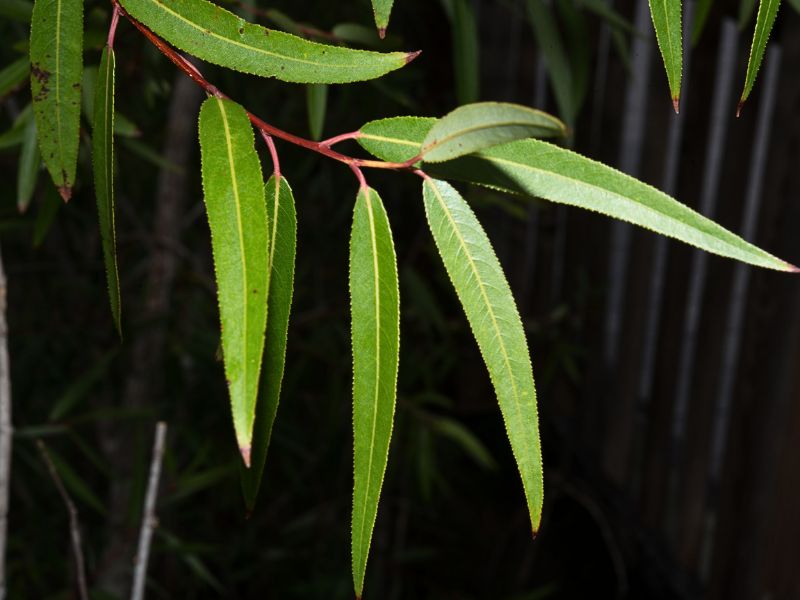
Salix caroliniana is fed to exotic herbivores like Giraffa camelopardalis, Tragelaphus angasi, Tragelaphus eurycerus isaaci, Diceros bicornis minor, and Loxodonta africana africana at Disney’s Animal Kingdom Theme Park. Salix caroliniana has a high dry matter content which contains protein, fiber, vitamins, and minerals.
Find Where to Buy the Best Carolina Willow (Salix caroliniana)







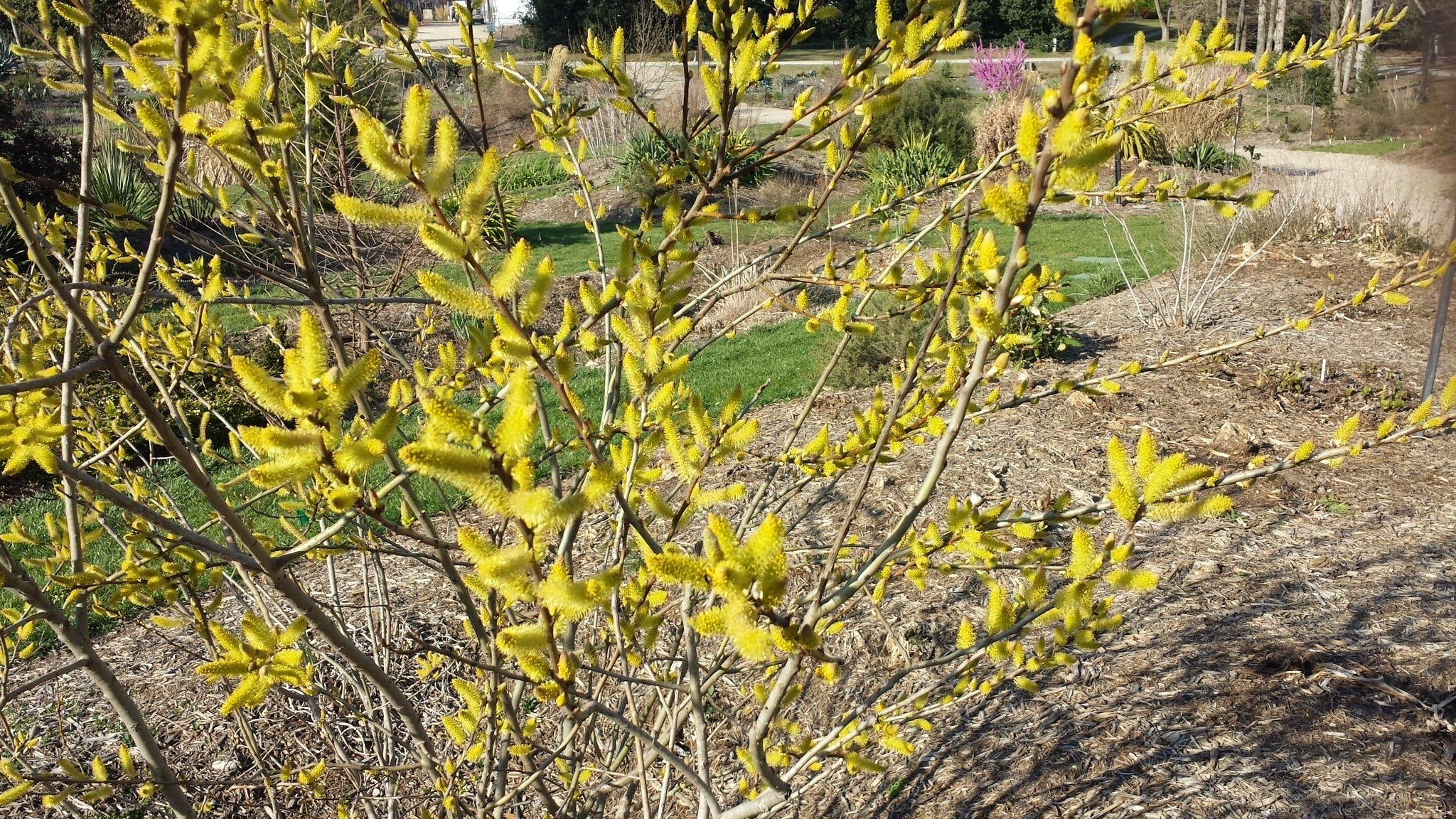










Leave a Reply